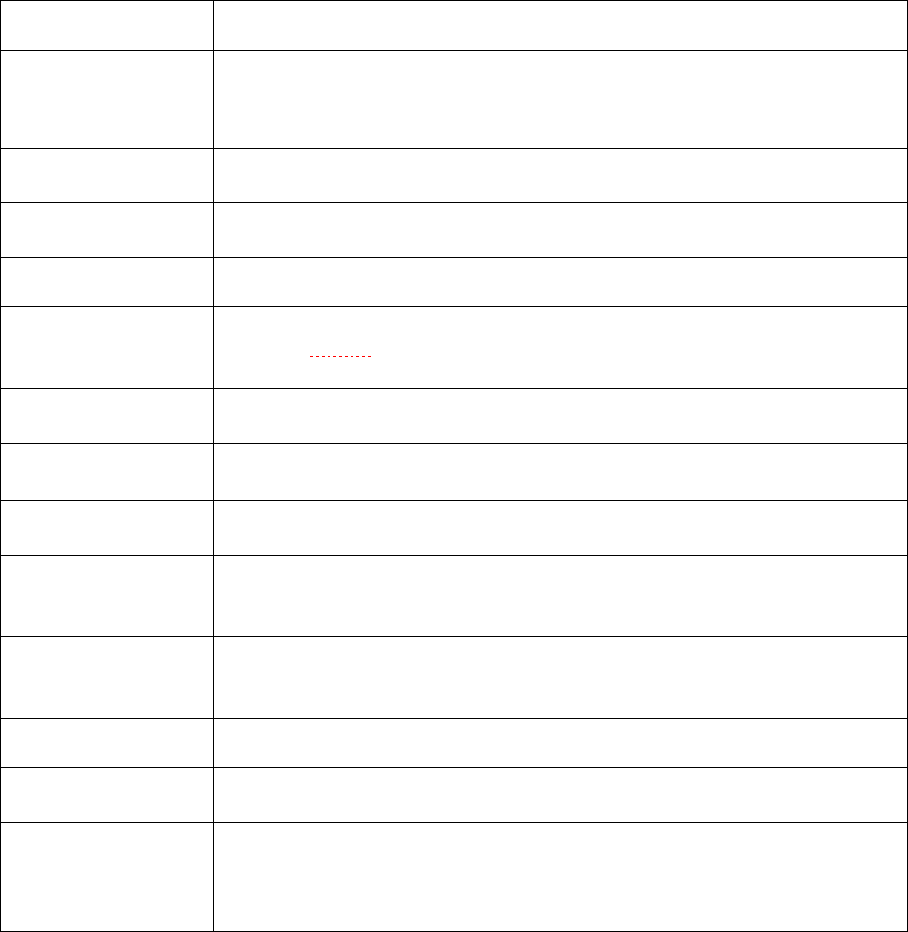
Academic Skills Office (ASO) – Fact Sheets Page | 1
Numbers in Academic Writing
The rules for using numbers in academic writing vary across many styles. The conventions described here
are for NON-TECHNICAL academic prose where numbers are not a significant focus. It is based on APA 7
th
conventions. Scientific and technical writing have their own conventions, and students should consult a
manual dedicated to those standards. The main rules about the use of numbers in standard academic
writing are about:
1. When to write numbers in words
2. How to avoid confusion with numbers in a sentence
3. When to use digits for numbers
4. How to write numbers correctly
GRAMMAR CHECKERS will not help you with the acceptable presentation of numbers in academic
writing. You need to know and use the conventions for writing numbers correctly when you are writing
and proofreading your work.
1. When to write numbers in words
For general academic writing, use words for:
• all numbers under 10 (e.g., nine)
• rounded numbers (e.g., four hundred, two thousand, six million).
• ordinal numbers less than 10
th
(e.g., fourth, second)
• common fractions (e.g., one third of the group)
• universally accepted usage (e.g., Seven Wonders of the World)
• numbers beginning a sentence, title, or heading (rewrite sentence if possible)
• approximate numbers and some times of the day (full, half, and quarter hour times).
Exceptions: See 3. When to use digits for numbers
Examples
The country had been at war for nine years. (numbers under 10)
Over four hundred soldiers were sent to the war zone. (rounded numbers)
The 38th battalion was sent to the war zone for the fourth time. (ordinal numbers)
130 student volunteers joined the university peace mission. (numbers beginning sentence)
One hundred and thirty student volunteers joined the university peace mission. (in words)
75 percent of the rental properties were occupied by students.
Students occupied 75 percent of the rental properties in the town. (rewrite)
about half the students; a quarter of the university; four times as often; hundreds of times (approximate
numbers)
six o’clock, half past six, quarter past seven, quarter to nine, midday, midnight (times of day).
2. How to avoid confusion with numbers in a sentence
• Avoid confusion when using two numbers together (run-on numbers) or when dealing with several
numbers in a single sentence
Examples
There were 32 third-grade students participating in the test. (run-on numbers)
The computer laboratory has 24 thirty-centimetre monitors.(run-on numbers)
At least 28 million people lived in the region where a 1500 dollar a year support allowance was given for each
student’s education fees. (Be consistent—write both numbers in digits or words)

Academic Skills Office (ASO) – Fact Sheets Page | 2
3. When to use digits for numbers
• Use digits for numbers greater than 10 and in the following situations
Use digits for Examples
Numbers 10 and
above both cardinal
and ordinal
For cardinal numbers (e.g., I counted 3,968 books).
For ordinal numbers (e.g., He was the 12
th
in line). Use either 12th or 12
th
but
be consistent.
Money
Use digits for exact amounts (e.g., $24.28), but use digits and words for
rounded and large amounts (e.g., 98 dollars; $15 million).
Measurements
Numbers that precede a unit of measurement (e.g., 32
0
C or 32 degrees
centigrade; 6 cm
or
6 centimetres).
Percentages
Use 5% or 5 percent (e.g., Over 5% of students passed the examination.).
Fractions & decimals
Fractions: Write in digits or words. If you use words, join the fraction parts
with a hyphen (e.g. ⅔ or two-thirds).
Decimals: Give exact amounts in digits (e.g., 0.45 not .45; 2.36).
Surveys
Write survey results in digit form (e.g., A survey of participants revealed that 4
out of 5 students worked.).
Scores
Write scores in digit form (e.g., Students scored from 8 to 75 out of 100.).
Points on a scale (e.g., scored 3 on a 5-point scale)
Statistics
Use digits to describe statistical information (e.g., The survey focused on 90
teachers, 10 principals, and 24 auxiliary staff from 20 different schools.).
Eras & time spans
Use numbers for centuries (e.g., the 18
th
century or the 18th century).
Time spans (e.g., from the 1960s to the 1990s; during the 2000s; in 2300 BC
[before Christ]; in 1770 AD [anno Domini, after Christ]).
Date & time
Use this order (day/month/year) consistently (e.g., Tuesday 23 February 2008).
Choose from a variety of formats but be consistent (e.g., 9 am or 9.00 am or
8.22 pm or 4 o’clock).
Age
e.g., 2-year-olds, ages 5–7 years, was 6 years old.
Spans of numbers
Use digits (e.g., pages: 56–74, 115–117; years: 1864–1899, 1998–2008; streets
36–99 Spa St). Use an n dash for the span.
Specific place in a
numbered series if
placed 1after the noun
Divisions in books and plays (e.g., Volume 5, Chapter 6, page 45; Act 2, Scene
4).
School grades (e.g., Year 1, Grade 4)
Sequence of tables, figures, questions (e.g., Table 2, Figure 3, Question 1)
4. How to write numbers correctly
• Use particular conventions if you are required to write digits
a. In general, use commas between groups of three digits in numbers of 1,000 or more
(e.g., 1,360; 566,420; 10,235,362).
b. To create a plural, add an ‘s’ (e.g., 20s, 5s).
• Use particular conventions if you are required to write numbers in words
a. To create a plural, add ‘s’ or ‘es’ (e.g., twos, sixes).
b. Use hyphens for fractions and if necessary to write a two-digit number in words such as
at the beginning of a sentence (e.g., 94 = ninety-four; ⅜ = three-eighths).
